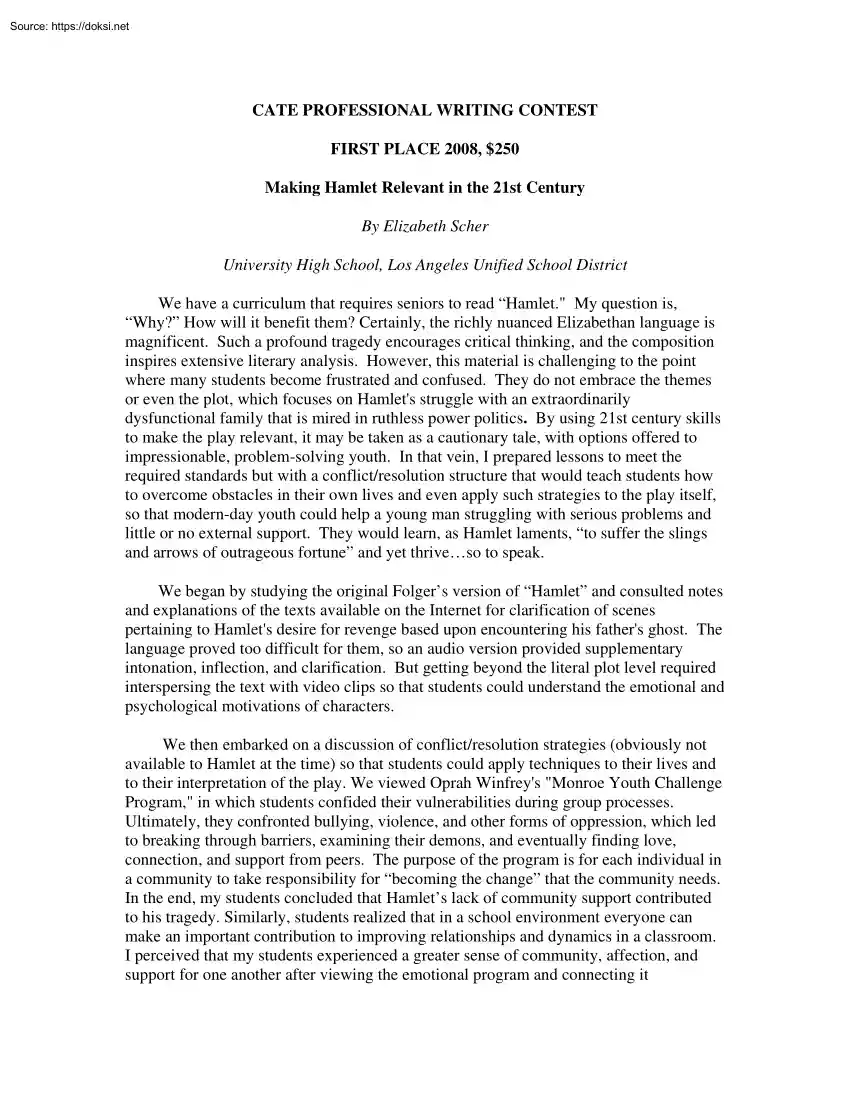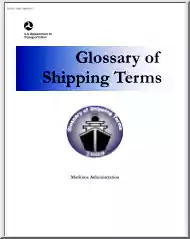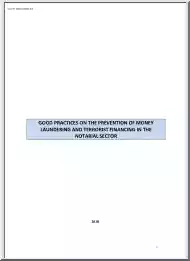Please log in to read this in our online viewer!

Please log in to read this in our online viewer!
No comments yet. You can be the first!
What did others read after this?
Content extract
CATE PROFESSIONAL WRITING CONTEST FIRST PLACE 2008, $250 Making Hamlet Relevant in the 21st Century By Elizabeth Scher University High School, Los Angeles Unified School District We have a curriculum that requires seniors to read “Hamlet." My question is, “Why?” How will it benefit them? Certainly, the richly nuanced Elizabethan language is magnificent. Such a profound tragedy encourages critical thinking, and the composition inspires extensive literary analysis. However, this material is challenging to the point where many students become frustrated and confused. They do not embrace the themes or even the plot, which focuses on Hamlet's struggle with an extraordinarily dysfunctional family that is mired in ruthless power politics. By using 21st century skills to make the play relevant, it may be taken as a cautionary tale, with options offered to impressionable, problem-solving youth. In that vein, I prepared lessons to meet the required standards but with a
conflict/resolution structure that would teach students how to overcome obstacles in their own lives and even apply such strategies to the play itself, so that modern-day youth could help a young man struggling with serious problems and little or no external support. They would learn, as Hamlet laments, “to suffer the slings and arrows of outrageous fortune” and yet thriveso to speak. We began by studying the original Folger’s version of “Hamlet” and consulted notes and explanations of the texts available on the Internet for clarification of scenes pertaining to Hamlet's desire for revenge based upon encountering his father's ghost. The language proved too difficult for them, so an audio version provided supplementary intonation, inflection, and clarification. But getting beyond the literal plot level required interspersing the text with video clips so that students could understand the emotional and psychological motivations of characters. We then embarked on a
discussion of conflict/resolution strategies (obviously not available to Hamlet at the time) so that students could apply techniques to their lives and to their interpretation of the play. We viewed Oprah Winfrey's "Monroe Youth Challenge Program," in which students confided their vulnerabilities during group processes. Ultimately, they confronted bullying, violence, and other forms of oppression, which led to breaking through barriers, examining their demons, and eventually finding love, connection, and support from peers. The purpose of the program is for each individual in a community to take responsibility for “becoming the change” that the community needs. In the end, my students concluded that Hamlet’s lack of community support contributed to his tragedy. Similarly, students realized that in a school environment everyone can make an important contribution to improving relationships and dynamics in a classroom. I perceived that my students experienced a
greater sense of community, affection, and support for one another after viewing the emotional program and connecting it simultaneously to Hamlet and their own lives. They were actually hugging and highfiving, thereby enabling many students to acknowledge their emotional sensibilities while empowering them to better deal with future challenges. One of the major problems facing our students today is their lack of self-discipline, evoking the manner in which a narcissistic Hamlet manifests anger, confusion, and despair. By seeing Hamlet as an iconic example of an angry young man, students can identify more easily with him. The movie, “Nanny McPhee,” in a contrasting fairy-tale genre, provides another window for students to recognize the importance of selfdiscipline as an essential aspect of life. As the unruly children in her charge improve, she loses her unattractive features -- a metaphor for how good behavior benefits each individual in a community. Students commented that if
Hamlet had had similar guidance through a support provider like the nanny, he may have solved his problems more intelligently with far less violence. For a contemporary spin, we watched the modernized Ethan Hawke version of “Hamlet,” which is set in New York City among corporate moguls. By viewing it, students understood the play far better. Their response was extremely enthusiastic Students finally comprehended the challenging, original Elizabethan language that was not changed. A modern dress setting and approach clarified the themes, a nation as a diseased body and the individual as an excruciatingly, tormented pawn. Students recognized, that to avoid Hamlet's pitfalls, they need to become part of the change and challenge acts of injustice daily. In this regard, we read “Rethinking Schools,” an online publication edited by Linda Christiansen, based upon her book, Reading, Writing and Rising Up: Teaching About Social Justice and the Power of the Written Word. Teachers
may find her analytical charts useful for students to categorize characters in the play as ally, victim, perpetrator, or witness. Christiansen maintains that many students are fearful to stop “racist, homophobic, or other belittling behavior” around them. By role-playing the negative power relationships in “Hamlet,” students may then articulate the dynamics in Hamlet's problematic interactions and better disclose the motivations in his enigmatic character. During the final lesson in making “Hamlet” relevant, students who act as peer mediators in our school staged a session with Hamlet and his uncle, Claudius, to solve their conflicts. They were able to explore alternatives that Hamlet may have found helpful and that students today would consider beneficial. As part of the scene, we incorporated Theater Games Techniques so that students in a classroom audience were able to text message solutions to the actors on their cell phones as they enacted their extemporaneous,
peer mediation session between Hamlet, his mother, Gertrude, and Claudius. The class felt a tremendous sense of accomplishment and empowerment in being able to have a positive impact on characters who were suffering so terribly. By internalizing the lessons in Hamlet through 21st century skills, adolescents are more likely to achieve power over adversity in their own lives in addition to cultivating an appreciation for great literature. By understanding Hamlet, students can better understand themselves. Such insights are proof that Shakespeare's tragedy about a medieval Danish prince continues to resonate in the age of iPods, Oprah and text messaging. Works Cited Christensen, Linda. "Acting For Justice" Rethinking Schools Onlline 15 (2001) Hamlet - Unabridged. Rec Feb-Mar 2005 Arkangel Shakespeare, 2005 Hamlet. Perf Ethan Hawke DVD "Monroe Youth Challenge Program." Oprah Winfrey ABC Oct-Nov 2007 Nanny McPhee. Perf Emma Thompson, Colin Firth DVD 2006
Shakespeare, William. Hamlet Washington, DC: Folger, 2001 Spolin, Viola. Theatre Games for the Classroom Evanston, IL: Northwestern University, 1986
conflict/resolution structure that would teach students how to overcome obstacles in their own lives and even apply such strategies to the play itself, so that modern-day youth could help a young man struggling with serious problems and little or no external support. They would learn, as Hamlet laments, “to suffer the slings and arrows of outrageous fortune” and yet thriveso to speak. We began by studying the original Folger’s version of “Hamlet” and consulted notes and explanations of the texts available on the Internet for clarification of scenes pertaining to Hamlet's desire for revenge based upon encountering his father's ghost. The language proved too difficult for them, so an audio version provided supplementary intonation, inflection, and clarification. But getting beyond the literal plot level required interspersing the text with video clips so that students could understand the emotional and psychological motivations of characters. We then embarked on a
discussion of conflict/resolution strategies (obviously not available to Hamlet at the time) so that students could apply techniques to their lives and to their interpretation of the play. We viewed Oprah Winfrey's "Monroe Youth Challenge Program," in which students confided their vulnerabilities during group processes. Ultimately, they confronted bullying, violence, and other forms of oppression, which led to breaking through barriers, examining their demons, and eventually finding love, connection, and support from peers. The purpose of the program is for each individual in a community to take responsibility for “becoming the change” that the community needs. In the end, my students concluded that Hamlet’s lack of community support contributed to his tragedy. Similarly, students realized that in a school environment everyone can make an important contribution to improving relationships and dynamics in a classroom. I perceived that my students experienced a
greater sense of community, affection, and support for one another after viewing the emotional program and connecting it simultaneously to Hamlet and their own lives. They were actually hugging and highfiving, thereby enabling many students to acknowledge their emotional sensibilities while empowering them to better deal with future challenges. One of the major problems facing our students today is their lack of self-discipline, evoking the manner in which a narcissistic Hamlet manifests anger, confusion, and despair. By seeing Hamlet as an iconic example of an angry young man, students can identify more easily with him. The movie, “Nanny McPhee,” in a contrasting fairy-tale genre, provides another window for students to recognize the importance of selfdiscipline as an essential aspect of life. As the unruly children in her charge improve, she loses her unattractive features -- a metaphor for how good behavior benefits each individual in a community. Students commented that if
Hamlet had had similar guidance through a support provider like the nanny, he may have solved his problems more intelligently with far less violence. For a contemporary spin, we watched the modernized Ethan Hawke version of “Hamlet,” which is set in New York City among corporate moguls. By viewing it, students understood the play far better. Their response was extremely enthusiastic Students finally comprehended the challenging, original Elizabethan language that was not changed. A modern dress setting and approach clarified the themes, a nation as a diseased body and the individual as an excruciatingly, tormented pawn. Students recognized, that to avoid Hamlet's pitfalls, they need to become part of the change and challenge acts of injustice daily. In this regard, we read “Rethinking Schools,” an online publication edited by Linda Christiansen, based upon her book, Reading, Writing and Rising Up: Teaching About Social Justice and the Power of the Written Word. Teachers
may find her analytical charts useful for students to categorize characters in the play as ally, victim, perpetrator, or witness. Christiansen maintains that many students are fearful to stop “racist, homophobic, or other belittling behavior” around them. By role-playing the negative power relationships in “Hamlet,” students may then articulate the dynamics in Hamlet's problematic interactions and better disclose the motivations in his enigmatic character. During the final lesson in making “Hamlet” relevant, students who act as peer mediators in our school staged a session with Hamlet and his uncle, Claudius, to solve their conflicts. They were able to explore alternatives that Hamlet may have found helpful and that students today would consider beneficial. As part of the scene, we incorporated Theater Games Techniques so that students in a classroom audience were able to text message solutions to the actors on their cell phones as they enacted their extemporaneous,
peer mediation session between Hamlet, his mother, Gertrude, and Claudius. The class felt a tremendous sense of accomplishment and empowerment in being able to have a positive impact on characters who were suffering so terribly. By internalizing the lessons in Hamlet through 21st century skills, adolescents are more likely to achieve power over adversity in their own lives in addition to cultivating an appreciation for great literature. By understanding Hamlet, students can better understand themselves. Such insights are proof that Shakespeare's tragedy about a medieval Danish prince continues to resonate in the age of iPods, Oprah and text messaging. Works Cited Christensen, Linda. "Acting For Justice" Rethinking Schools Onlline 15 (2001) Hamlet - Unabridged. Rec Feb-Mar 2005 Arkangel Shakespeare, 2005 Hamlet. Perf Ethan Hawke DVD "Monroe Youth Challenge Program." Oprah Winfrey ABC Oct-Nov 2007 Nanny McPhee. Perf Emma Thompson, Colin Firth DVD 2006
Shakespeare, William. Hamlet Washington, DC: Folger, 2001 Spolin, Viola. Theatre Games for the Classroom Evanston, IL: Northwestern University, 1986




